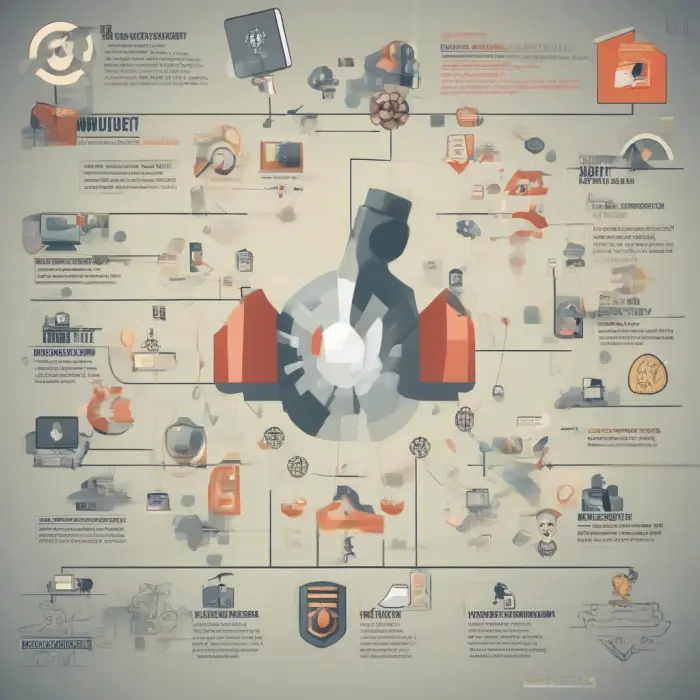The Science Behind Laughter: Facts About Humor
Laughter, in its numerous forms, is a universal human experience that transcends culture, age, and gender. It's a common thread that connects us all. However, have you ever contemplated why we laugh or what function humor may have in our lives? Interestingly, there is a scientific explanation behind this spontaneous expression of joy. Let's delve into the science behind laughter and uncover some fascinating facts about humor.
Laughter and the Brain
Laughter is a complex cognitive function that requires the interaction of various areas of the brain. According to neuroscience, laughter is linked to the activation of the prefrontal cortex, a part of the human brain that is responsible for decision-making and social behavior. The brain, in sync with the body’s muscular and respiratory systems, works to produce the sound we recognize as laughter.
Neurotransmitters such as dopamine and endorphins are released when we laugh, which are responsible for feelings of happiness and even pain relief. Researchers have also found that laughter stimulates areas of the brain that are used to interpret and understand social cues, helping us to understand and respond appropriately to social situations.
The Benefits of Laughter
As the old saying goes, "Laughter is the best medicine," and there's science to back this up. Apart from being a stress-reliever, laughter has numerous other health benefits. It boosts the immune system, lowers blood pressure, reduces pain and improves cardiac health. Furthermore, laughter enhances the function of blood vessels and increases blood flow, which can help prevent heart attacks and other cardiovascular problems. Laughter can even help you burn calories!
The Role of Humor
Humor plays a pivotal role in stimulating laughter. It is a cognitive process that encourages laughter and provides a sense of amusement. Humor arises from the perception of something as funny or amusing, and it involves complex mental processing.
Research suggests that 'getting' humor or understanding a joke involves a two-part process in the brain. The first component, known as the cognitive part, involves recognizing the joke and its incongruities. The second component, the affective part, generates the emotional response or the 'feeling of amusement.'
Humor as a Social Tool
Humor plays a significant role in social interactions. It allows us to communicate in a playful way and establish connections with others. Moreover, humor can function as a tool to reduce social tension and promote a sense of bonding and camaraderie. It is often used to express shared experiences, fostering a shared understanding among a group.
So, next time you engage in a hearty laugh, know that it’s a complex interaction between your brain and body, contributing significantly to your overall well-being and helping you to navigate your social world. Indeed, the science behind laughter and facts about humor only make these aspects of our lives even more fascinating.










